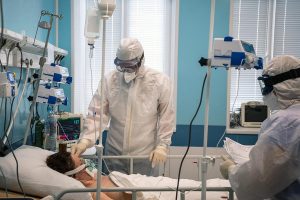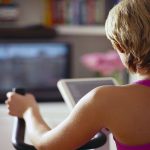
Walking is not only a great first exercise, it can also be a forever exercise. Here are some ideas to show you how to take it to the next level. Making walking more of a challenge enables you to burn more calories and raise your working heart rate. You can do this by working out on a treadmill with an incline setting and wearing a weighted vest. You can start with either one to scale up or combine both ideas for a greater challenge. According to the American Council on Exercise, wearing a weighted vest is a great option if you’re relatively new to exercise because it won’t feel as difficult as ramping up your speed, for instance. If you choose a vest that weighs about 15 percent of your bodyweight, you can burn 12 percent more calories when walking at 2.5 miles per hour — an easy pace. You can achieve a slightly higher calorie burn by wearing a vest that’s just 10 percent of your bodyweight if you walk on a treadmill at that speed and at an incline with a 5 or 10 percent grade. To ease into the combined approach, walk for 5 minutes at a flat or 0 grade, then 5 minutes at 5 percent grade, followed by 5 minutes at 10 percent grade. Finish up by going back to… read on >




















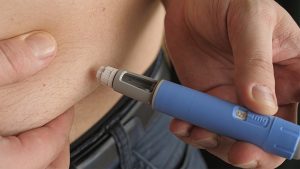






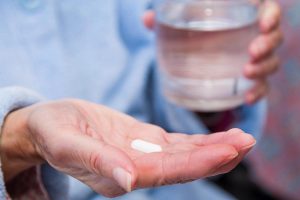
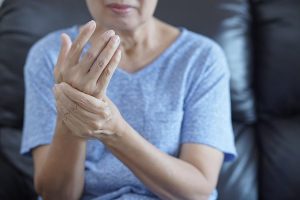
-300x200.jpg)
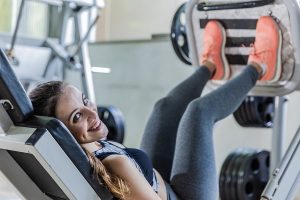

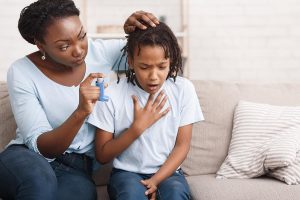

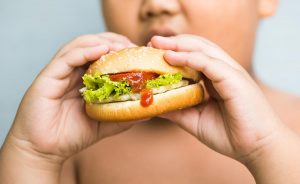


-300x169.jpg)
